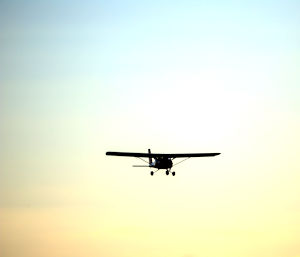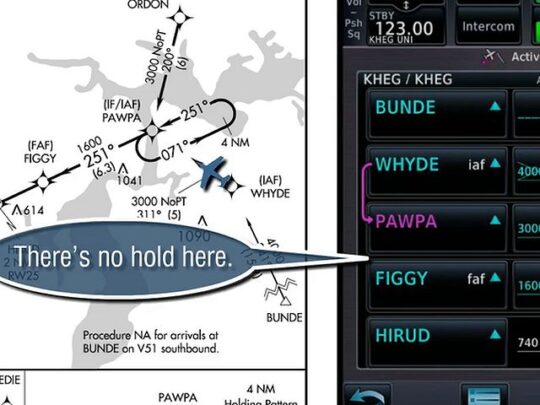Subscriber question:
"With ADS-B traffic shown on large moving maps, is it worth getting VFR advisories from ATC?" — Marty B.
John:

“ADS-B, while greatly expanding pilot’s awareness of traffic, is still only one tool that may be used for traffic avoidance. There are also other technologies, such as TCAS and TIS. However, all of these rely on aircraft equipage. Not all aircraft have, or are required to have, ADS-B.
ATC Radar is the only technology that can see ADS-B aircraft, transponder-only aircraft, or even non-transponder-equipped aircraft.
Additionally, Flight Following provides the VFR pilot with a lot more than just traffic advisories. Many of the protections and features that a pilot on an IFR flight plan gets are also provided. Services such as severe weather warnings, parachute jumping advisories, TFR avoidance, and clearance through Class C and D airspace are provided.
In the event of an emergency or situation requiring assistance, you are already in contact with ATC. They know your location and type aircraft.
It is also beneficial to other pilots and controllers to know what you’re doing. If the controller sees a VFR aircraft on a 1200 code (not on flight following) heading towards an IFR aircraft, he or she will have to take action by turning or changing the altitude of the IFR aircraft.
Of course, it’s important to remember that radar traffic advisories do not relieve the pilot of the responsibility to see and avoid other aircraft. Traffic advisories are provided to the extent possible depending on higher priority duties of the controller or other factors. For example, volume of traffic, frequency congestion, radar limitations, or controller workload.
There may be times when the controller is not able to give traffic advisories concerning all aircraft in the aircraft’s proximity. In other words: When a pilot requests or is receiving traffic advisories, do not assume that all traffic will be issued.”
Which do you find more useful to help spot traffic out the window?

